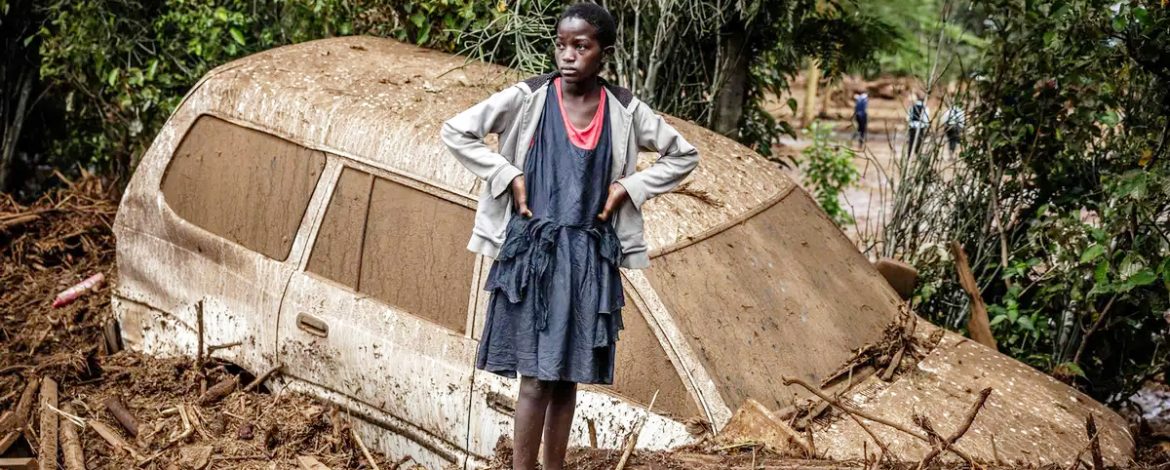Most of Africa’s 1.3 billion people have little advance knowledge of the weather. But on a continent often hit by extreme weather events, knowing the forecast could save lives.
African nations are particularly vulnerable to severe weather events. These not only cripple economies and people’s livelihoods but also cost lives across the continent.
In West Africa, for instance, more than 70% of the population is affected at least once every two years by flood, drought or sandstorms.
But like other less-developed regions, many parts of Africa have gaps in the ability to warn people of both imminent natural disasters, such as flash flooding, or future hazards, such as drought.
This has dramatic consequences. Over the last two decades, the average number of deaths caused by a flooding event in Africa is four times higher than in Europe or North America, according to a 2024 article in Nature, a science journal.
The continent, where the vast majority of people are dependent on rain-fed agriculture, also suffers the most deaths from droughts. From 2006 to 2015, 99% of deaths from all droughts worldwide were in Africa, even though it only experienced half of globally reported droughts in that time.


